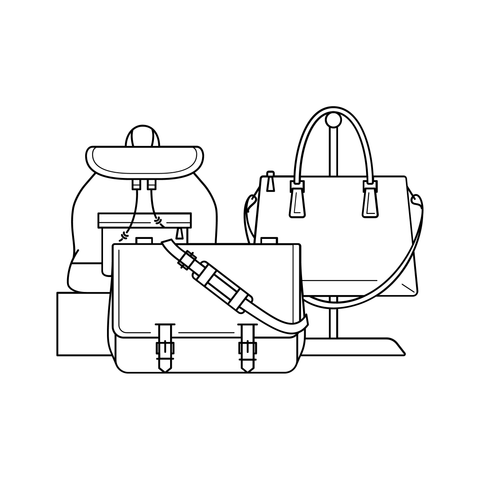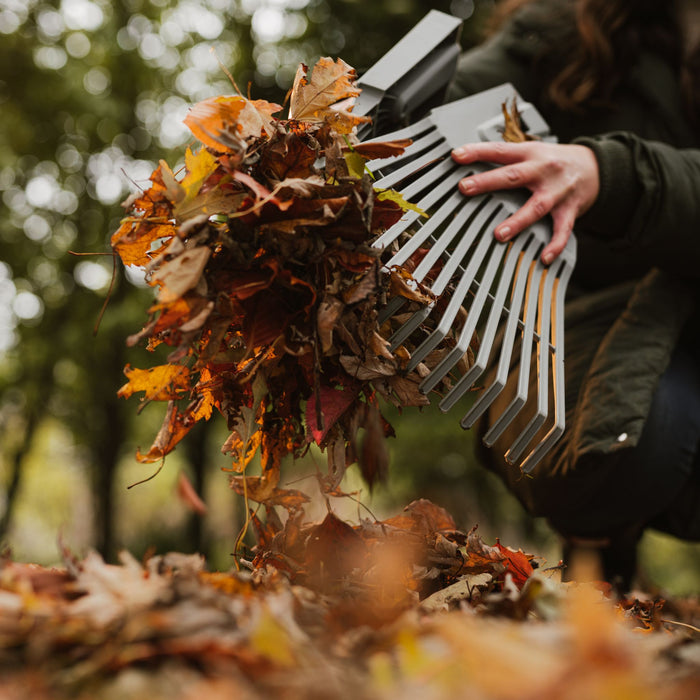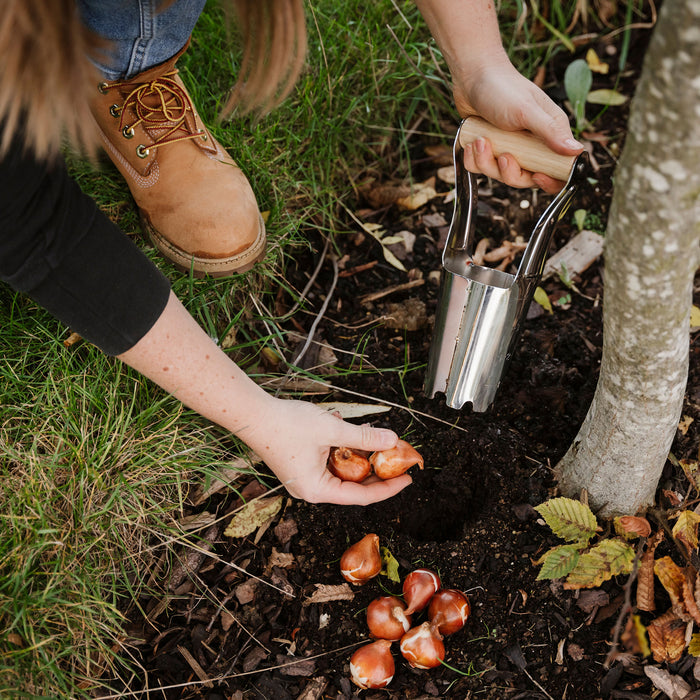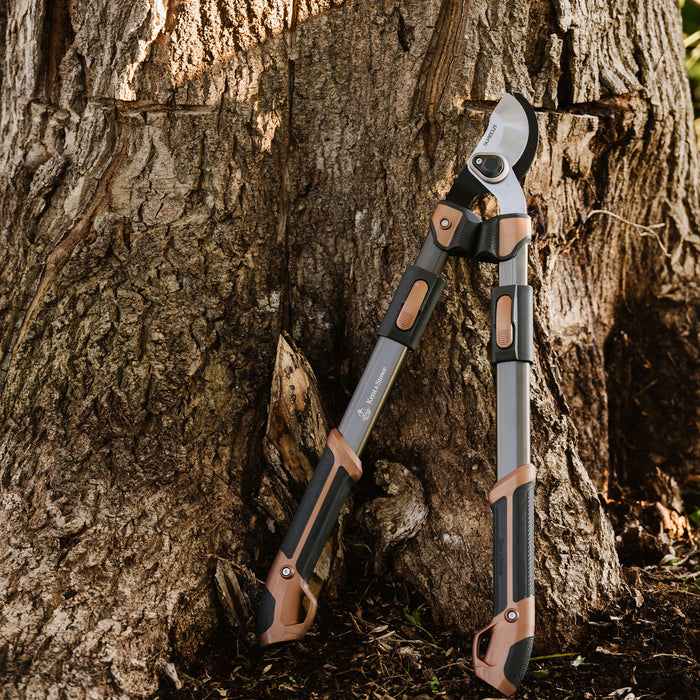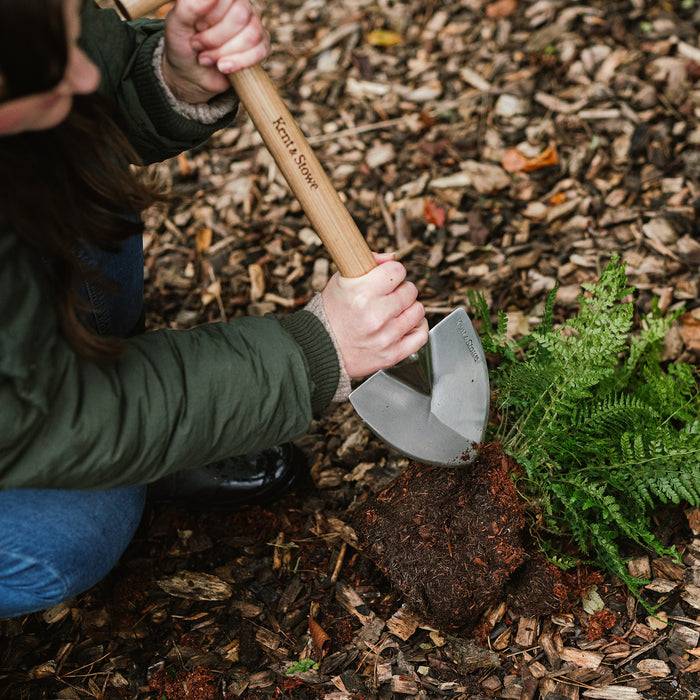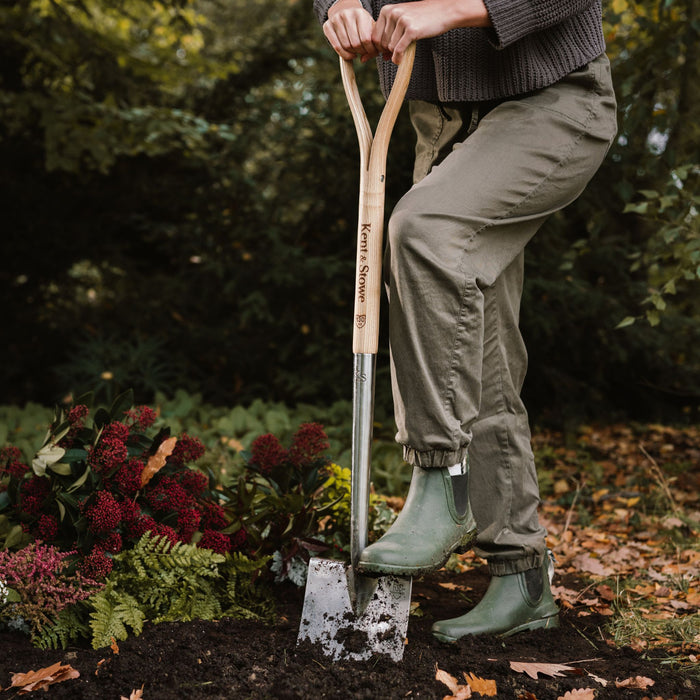Autumn is one of the most productive and enjoyable seasons in the gardening calendar. The warmth of summer might be fading, but mild, misty days and moist soil present a perfect opportunity for getting gardens into shape ahead of colder weather.
Take the time to tidy your garden before temperatures plunge. Fallen leaves and fading foliage can be composted to make soil improver for future seasons. It is an ideal season for rejuvenating tired lawns and sowing new areas of grass, while bulb planting will ensure magnificent displays of flowers next spring.
Autumn is also the perfect season to plant shrubs and trees, giving plants time to settle in and establish. So don’t regard autumn as the season winding down; it’s all about planning for next year and making your garden look better than ever!
Clear fallen leaves
Make the most of autumn days to get lawns ready for winter, before freezing weather sets in. A carpet of fallen leaves prevents light and water from reaching the turf, so it pays to sweep debris away promptly. The Kent & Stowe 3 in 1 Rake is invaluable, its super wide head makes light work of clearing leaves. Our rake also features detachable heads to allow for clearing around small, tighter spaces. Alternatively, both heads can quickly be detached, forming leaf grabbers to easily pick up piles of leaves.

A spring-tine rake like Stainless Steel Lawn & Leaf Rake is invaluable in autumn, too for gathering leaves and pulling thatch from lawns.
Give grass a final cut of the season
Falling temperatures in autumn used to mean that it was time to give lawns their final cut. Now, because of climate change, grass often grows for longer in mild conditions, so the last cut can come later in the year. Hold off mowing, however, if lawns are waterlogged or frozen. Mowing late in the season should only be carried out when the weather is fair.
When it’s time to give grass its final trim, set the lawnmower’s blades higher – leaving grass slightly longer over the cold months provides better resilience to harsh winter weather. Over summer, grass can creep from lawns into borders, so trim and tidy edges using a Lawn Edging Iron or Lawn Shears for a neat finish. Once the final cut is complete, give lawnmowers, especially the blades, a thorough clean before packing away for winter.
Feeding lawns ahead of winter
When frost and snow arrive, winter can take its toll on lawns, so give turf a boost by applying a lawn feed before the weather deteriorates. A specially formulated feed encourages a stronger root system that stores energy, standing lawns in good stead for tough winter conditions.
Start a new lawn from seed
Mild, moist conditions of early autumn present the perfect opportunity to sow a new lawn, with grass seed germinating quickly. Starting a lawn from seed is cheaper than laying turf and the secret to success is careful soil preparation. Begin work a few weeks before sowing. Remove perennial weeds, dig compacted soil over and work in plenty of organic matter, such as well-rotted garden compost. Leave the area to settle for a couple of weeks and then remove any weeds that have appeared. Firm the soil by treading it over in multiple directions then rake to a fine tilth, removing large stones.
Sow grass seed evenly at the rate directed on the packaging, then lightly rake seeds into the soil. Newly sown areas will need to be kept well watered if conditions are dry, and avoid walking on new grass for at least a month.

Prepare borders for winter
As borders fade in autumn, it’s time to cut dead stems and decaying foliage from some perennials using a sharp pair of secateurs. Plants such as hostas and some geraniums have foliage that collapse after cold weather, while flowering stems of crocosmia and peony can be cut back after the leaves have faded.
More attractive stems and ornamental seed heads of plants such as many grasses, Eryngium and Sedum should be left in position for winter interest and the benefit of wildlife such as hibernating insects and other invertebrates. If conditions are fair, dahlias and roses can still be in bloom as the season draws to a close, so carry on deadheading to keep more flowers coming. Stems of certain tender, woody perennials such as penstemons are best left in situ to help protect from frost and can be tidied up in spring.
Where borders have been cleared, weeds can be tackled using a long handled hoe and removed from awkward areas using a hand weeder. A mulch of well-rotted garden compost or farmyard manure can insulate overwintering perennials, protecting from winter cold. Plant supports that won’t be needed until spring should be removed, cleaned, and stored.
Plant and divide perennials
Autumn is the ideal time to plant new perennials or divide overcrowded plants. Dividing encourages stronger growth and more abundant flowering next season.
A Perennial Spade is perfect for this work. Its narrow, sharp blade cuts through dense roots cleanly, allowing you to lift and separate clumps without damaging the plants. The long handle gives extra leverage, making it easier to dig holes for new plants or move heavy rootballs. This precision ensures each plant sits at the correct depth and can establish quickly, ready for a healthy and vibrant spring display.

Plant spring and summer bulb displays
Planting spring and summer flowering bulbs ensures that your garden is full of glorious blooms next season. Use a bulb planter to get bulbs into the ground ahead of winter for a beautiful floral display the following year.
For brilliant displays of cheerful daffodils that come back year after year, choose the fattest bulbs and make sure they’re firm, with no signs of decay. Bulbs thrive in moisture-retentive, well drained soil, ideally in a sunny position. September is ideal for planting hyacinths and crocus, while allium and lily bulbs need to be in the ground by the end of October.
While tulip bulbs are readily available at garden centres from early autumn, it’s best to wait until November to plant them in their flowering positions. Planting into cooler soil reduces the risk of tulip fire, a fungal disease that distorts foliage and damages flowers.

Plant trees, shrubs and perennials
Autumn is the best season to plant trees, shrubs, and perennials while soil is moist and workable. Due to climate change planting in spring is often a gamble, because conditions may be dry and plants struggle to put down roots and establish before temperatures rise.
When planting trees and large shrubs, dig a hole that’s wider than the rootball but the same depth, incorporating well rotted organic matter into soil to be backfilled. A Capability Spade is great as it has a larger tread edge for added digging power and comfort.
When planting, add a sprinkle of Fish, Blood and Bone to the planting hole, to encourage strong, healthy root development. Plant so that the top of the rootball is level with the soil surface, backfill around the edges, firm in, provide a tree stake for support if necessary and water well.

Prune trees and shrubs
Pruning in autumn helps remove dead or diseased branches while shaping plants for the coming spring. For larger branches, loppers like SureCut All Purpose Extra Power Loppers make light work of thicker wood, allowing for clean, safe cuts without much effort.

Protect fruit from pests
Applying a winter tree wash to fruit trees and bushes, as well as to dormant vines under glass, helps to protect against overwintering insects, bugs, and their eggs. It reduces the amount of grubs and caterpillars that hatch and feed on young leaves and fruit, preventing infestations when the growing season gets underway.
For best results, apply a winter tree wash between October and December, then repeat in late March before plants spring into growth.
Protect your hands
Autumn gardening can involve thorns, soil, and damp conditions, making hand protection essential. Comfortable gloves that provide grip and durability make tasks like raking leaves, planting bulbs, or pruning shrubs much easier. Sure & Grip Gloves are designed to keep your hands warm, safe, and comfortable, giving you the confidence to tackle all your autumn jobs without worry.

